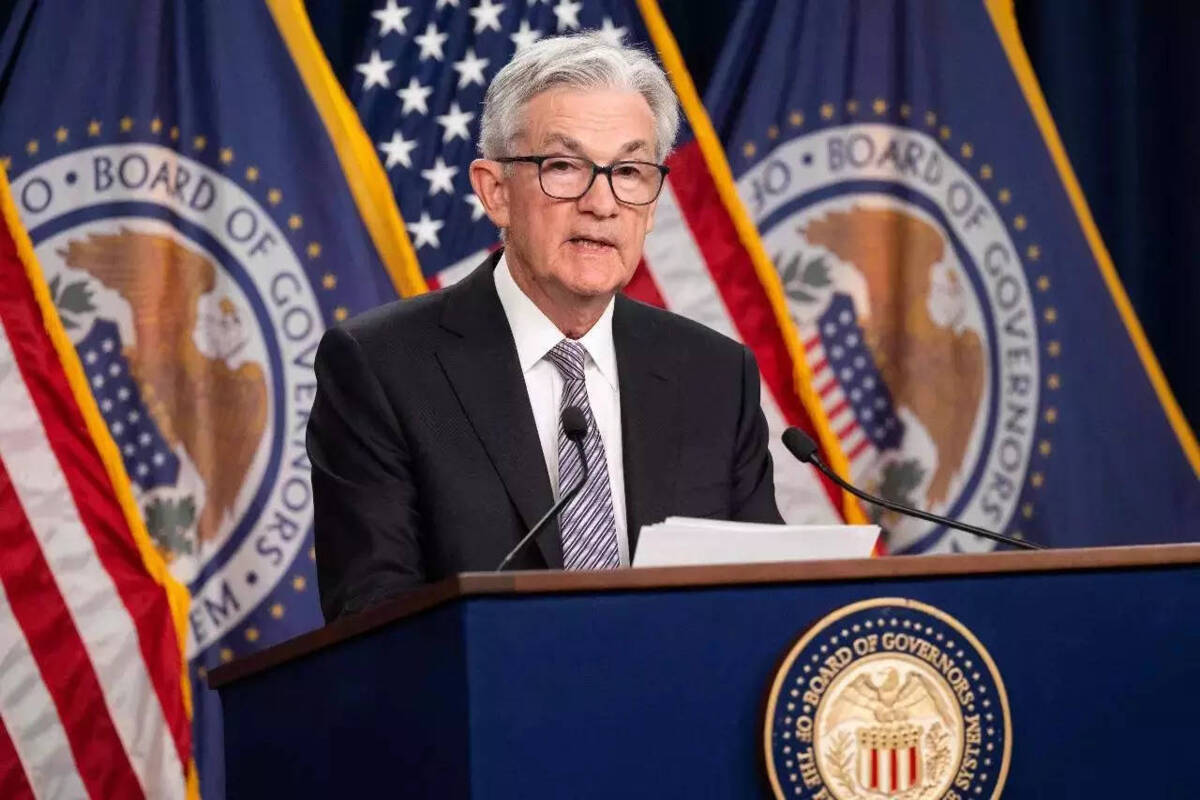Asian Markets Watch: Jamie McGeever, a skilled financial market reporter, watches Asian markets before sunrise. The markets think the Federal Reserve’s unprecedented rate hikes, which haven’t happened in 40 years, have peaked. This brave story is real. This show ends, but what’s next?
Wall Street initially cheered as U.S. inflation numbers showed a slowing trend in some pricing indices over the past month. Rates futures markets predicted the Federal Reserve’s tightening would halt after this news. As Treasury yields rose, the early happiness from a jump of more than 1% vanished. The three main averages stabilized between flat and 0.15 percent. On the eve of Friday, Asian markets show a sense of control and tranquility.
The yen, a symbol of Japan’s financial strength, attracts Asian investors. In a convoluted price dance, the Japanese yen hit a 15-year low against the euro. It reverberated at 145.00 per dollar, where Japanese authorities had authority the year before. Thursday’s Wall Street news slowed bullish momentum. This and the return of a “bear steepening” trend in the U.S. yield curve may worry investors.
The bond market’s pattern stabilized the short end, leading people to believe the Federal Reserve was raising rates. Fed fund futures pricing reveals a world with no prospect of a rate hike in the coming month, like a perfectly composed sonnet. A 20% echo predicts another rate hike before the year’s end.
Breakeven rates showed that inflation followed this convoluted financial dance’s most frequent dovish themes. The protracted saga of the Treasury curve getting longer ended with a chorus of sell-offs at the longer end. Long-term, rising yields dampened risk hunger but did not save it.

Read More: U.S. Treasury Rule Targets Anonymous Luxury Real Estate Deals
WTI and Brent crude fell 1.7% and 1.3%, respectively, in this market maze, focusing attention on oil. This decline, audible in U.S. crude futures markets, threatens to extinguish the flames of a seven-week straight climb, a record set in May of last year.
The recent yen collapse has made currency traders more conscious of Japanese involvement. Currency valuation suggests the dollar will slowly approach 145.00 yen. The Bank of Japan bought a lot of yen after the yen dropped sharply, repeating a 33-year low.
India’s rupee, which had its best day in a month the night before Thursday, is welcome in foreign exchange. The central bank’s intervention caused a gradual rise from previous lows.
The Reserve Bank of India, which develops monetary landscapes, met to balance interest rate currents. They subtly showed they sought to slow money into the banking system. This cautious response to rising food costs aims to curb inflation.
Friday appears to be the start of a new chapter with activities that could help navigate the tricky markets:
Hong Kong’s second-quarter GDP India’s June industrial production U.K.’s second-quarter Preliminary GDP These events guide the market and everyone watches to see how they affect each other.

